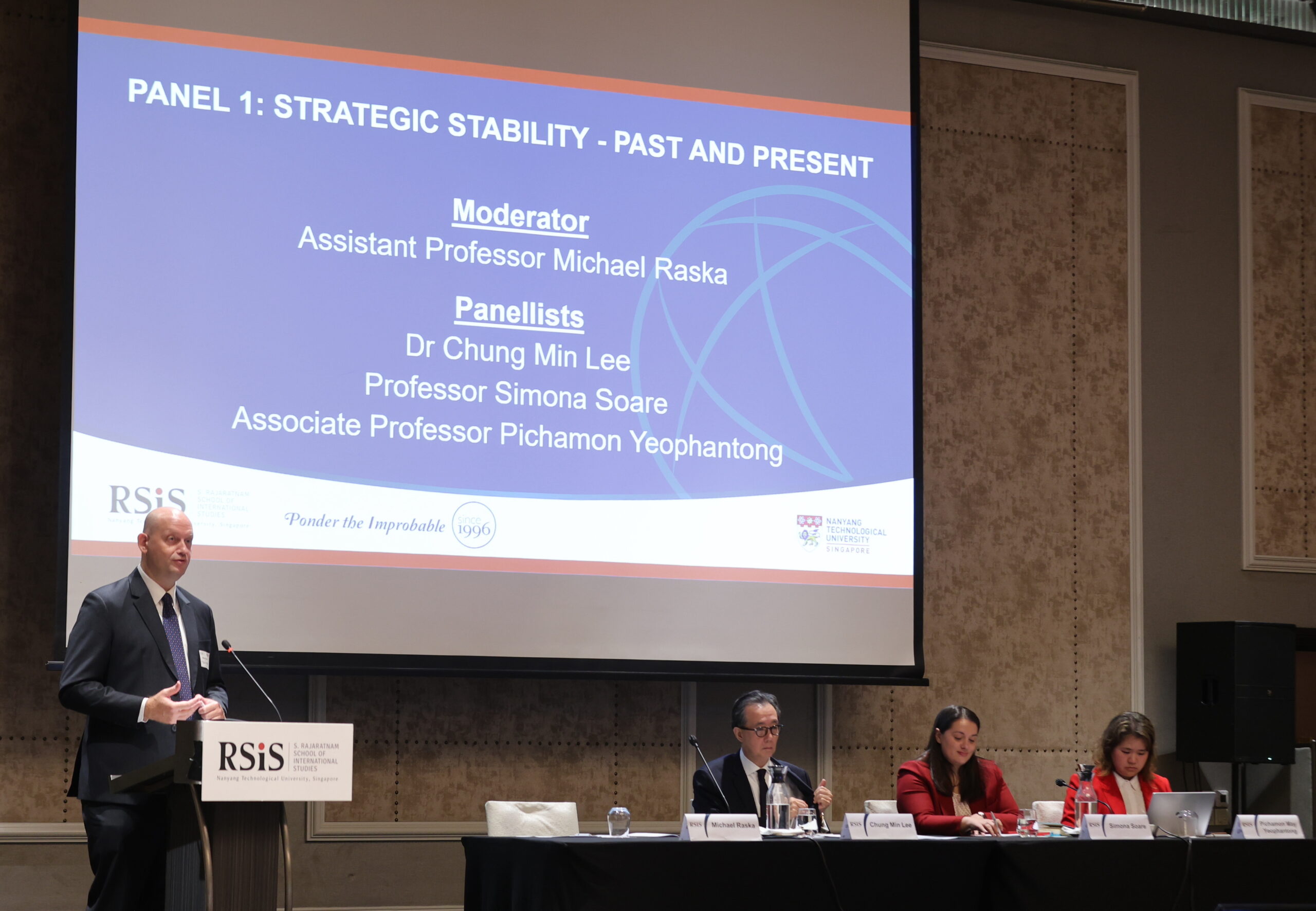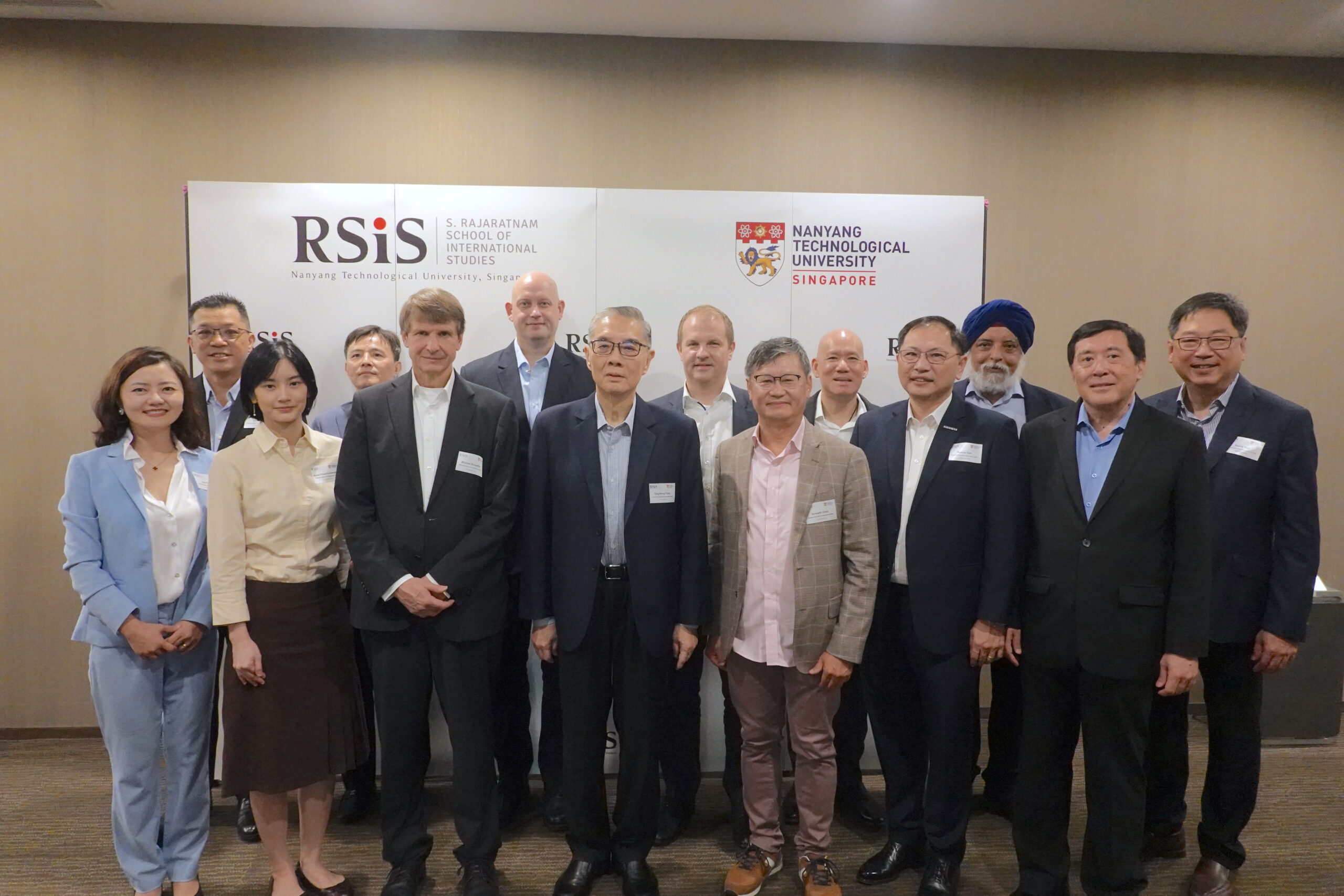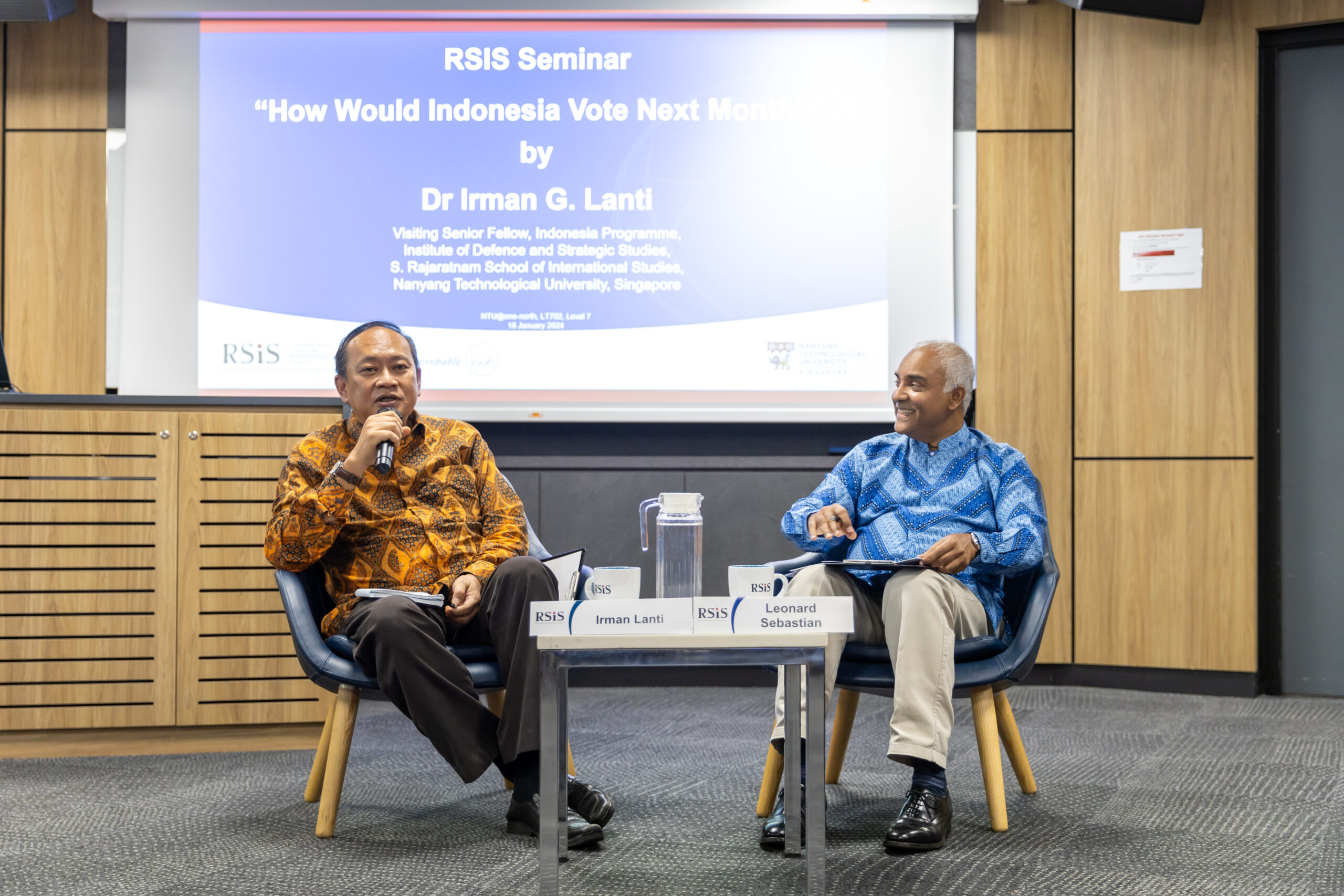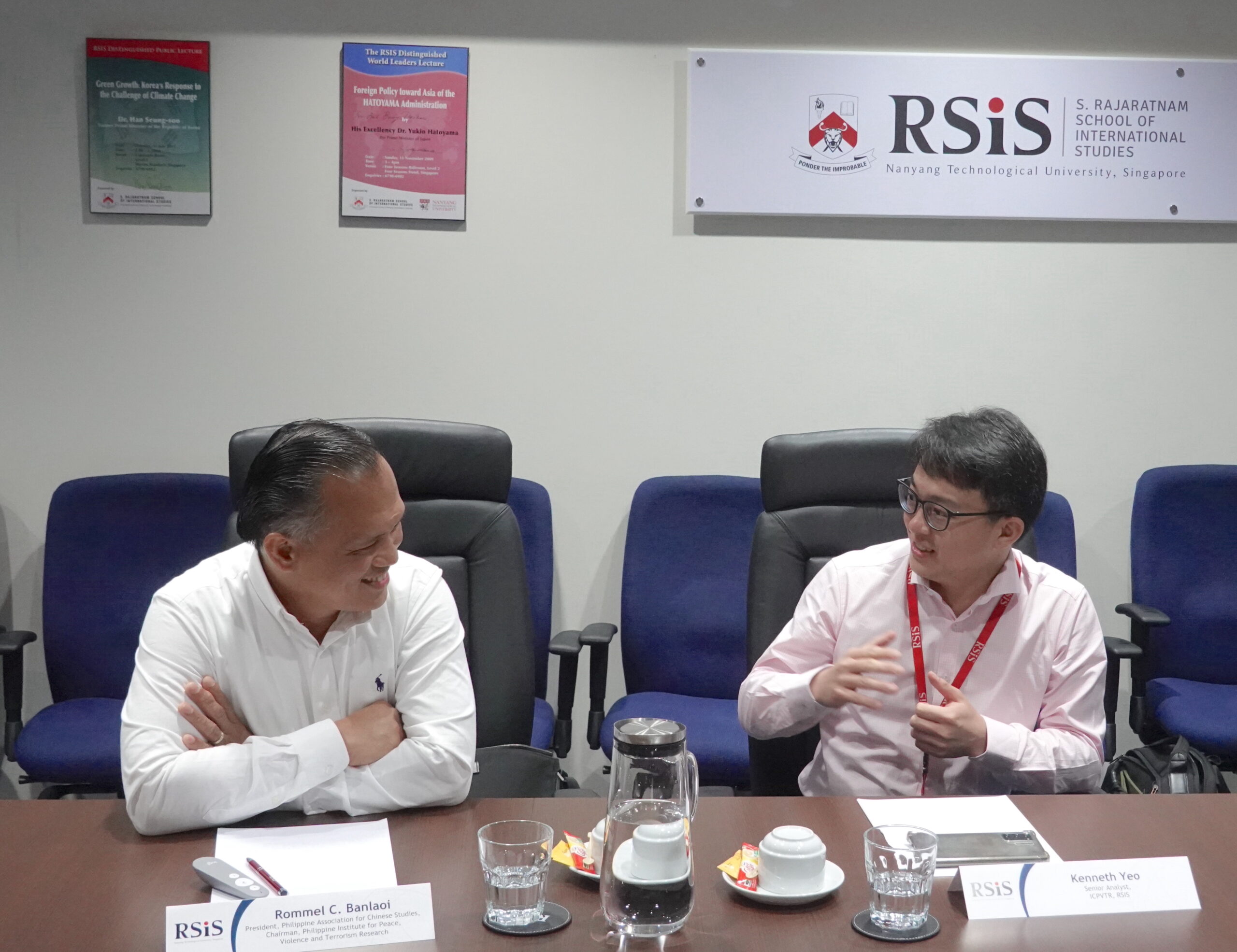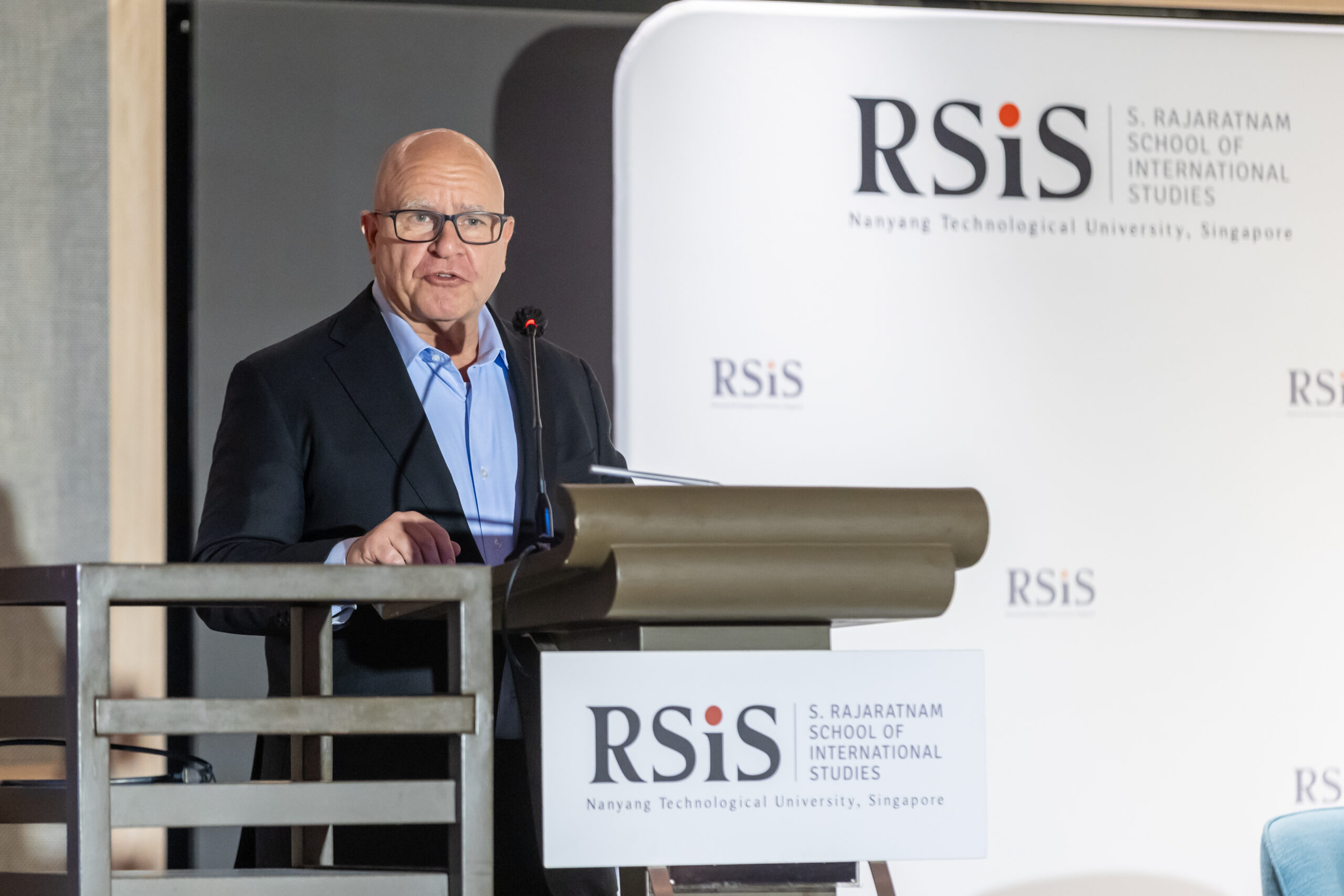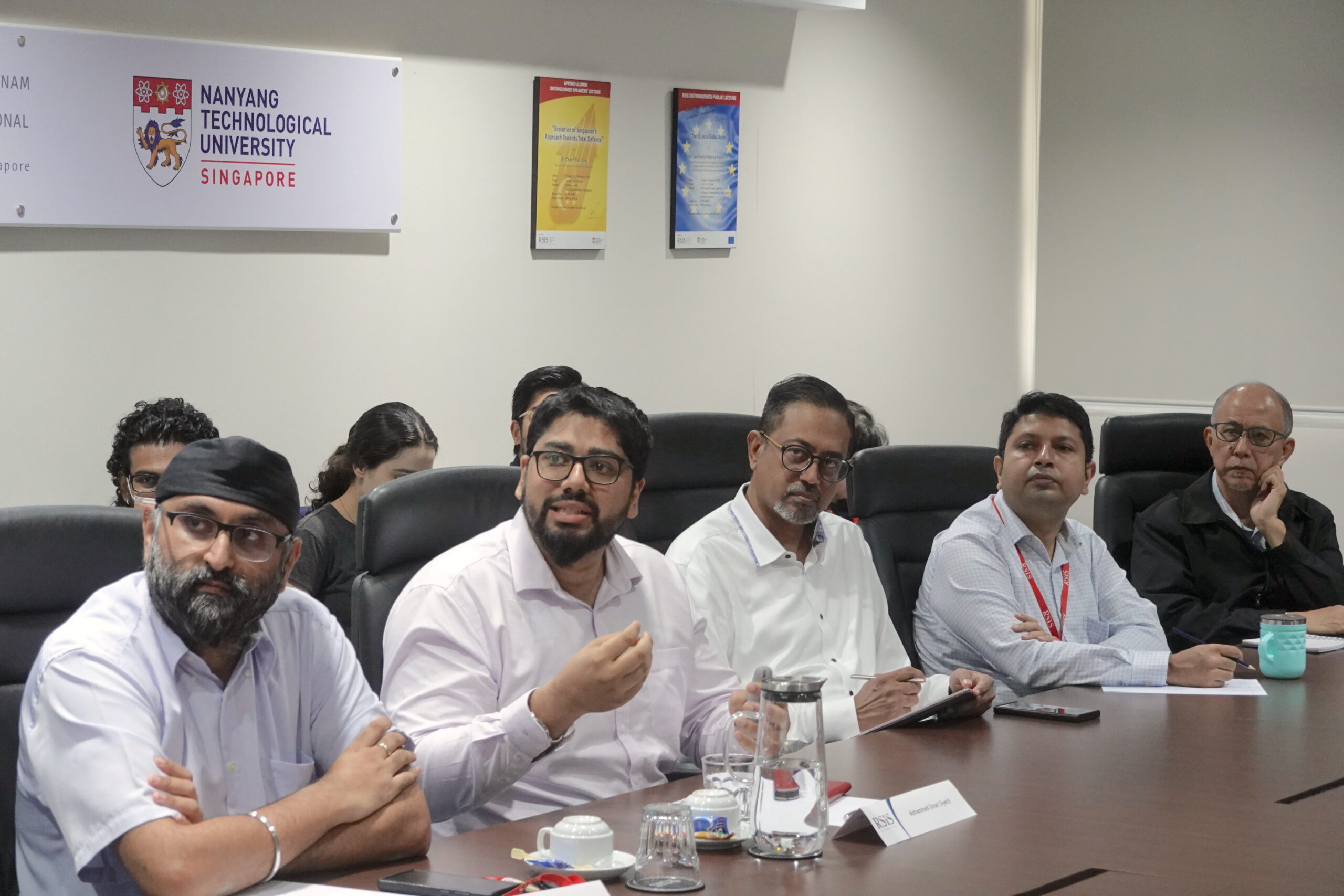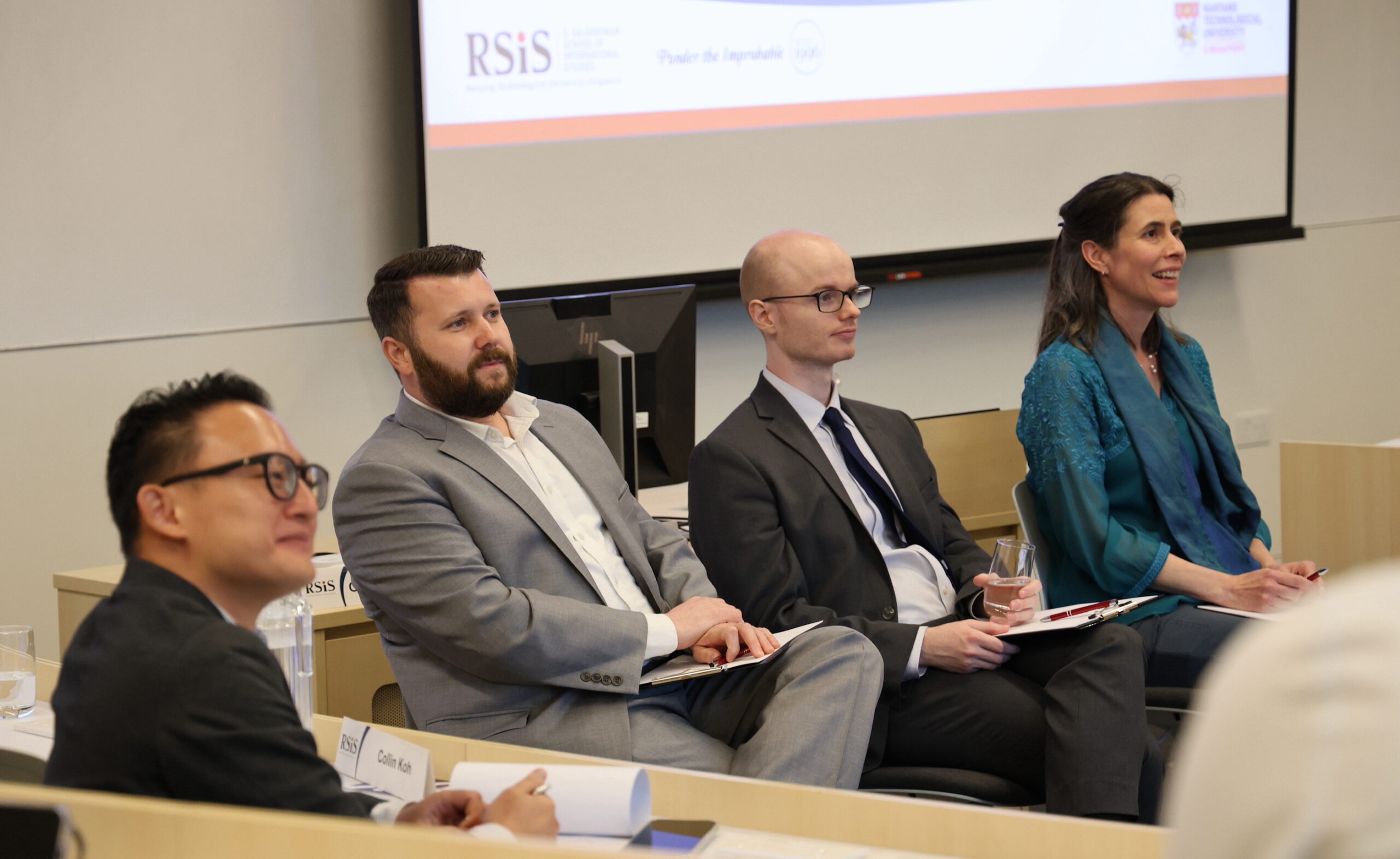
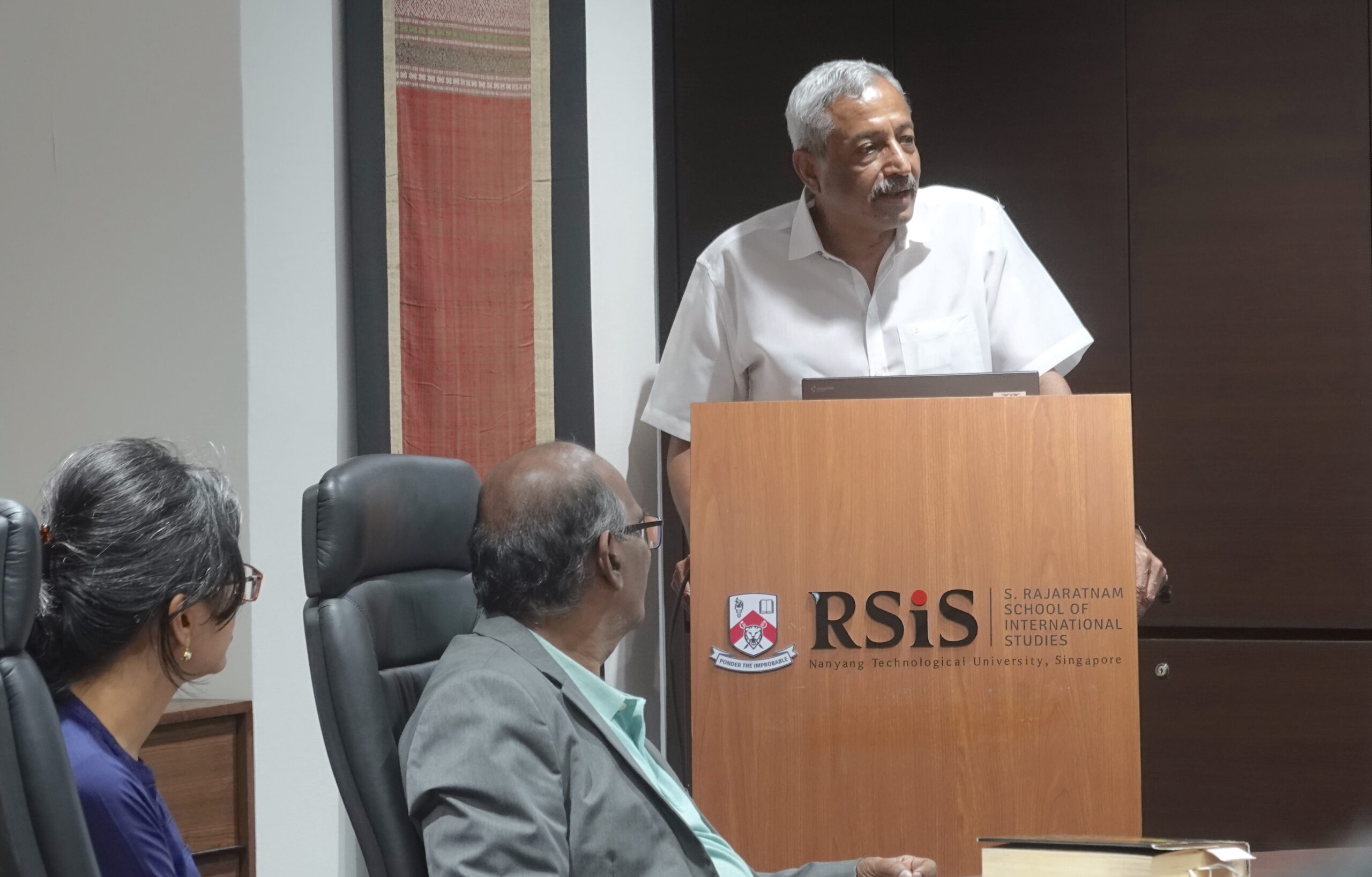
India’s approach to China and the situation following the Galwan Valley clashes in June 2020 along the Line of Actual Control (LAC) in Eastern Ladakh, was the focus of a public lecture held on 10 January 2024. Lt Gen (Dr) Prakash Menon (retd.), Director, Strategic Studies Programme, Takshashila Institution, Bangalore, was the speaker.
Lt Gen Menon noted that the Galwan Valley clashes in June 2020 between India and China, was an inflection point in the relationship of the two countries. The military standoff is still ongoing despite several rounds of border talks at the Corps Commander level. He began the lecture with an overview of the relationship between the two countries since Indian Prime Minister Rajiv Gandhi undertook his historic visit to Beijing in 1989. During the visit, India and China established a new modus vivendi and increased political, diplomatic, and economic relations that continued to grow for the next two decades. However, the relationship deteriorated in the 2010s as border standoffs became frequent and geopolitical disagreements grew.
Lt Gen Menon then spoke on the future trajectory of the India-China relationship. He noted that after the Galwan Valley clashes, trust between the two countries has completely evaporated. This competition will most likely deepen as India becomes closer to the West. It will also spread and manifest more intensely in the maritime domain and Indian Ocean Region as both India and China continue to grow economically.
Ultimately, Lt Gen Menon suggested that for China, the unresolved border was a pressure point to keep India from the United States and tie India to its continental frontier. Moreover, China’s goal through grey zone operations was to achieve a psychological advantage with respect to India, rather than purely territorial gains.




